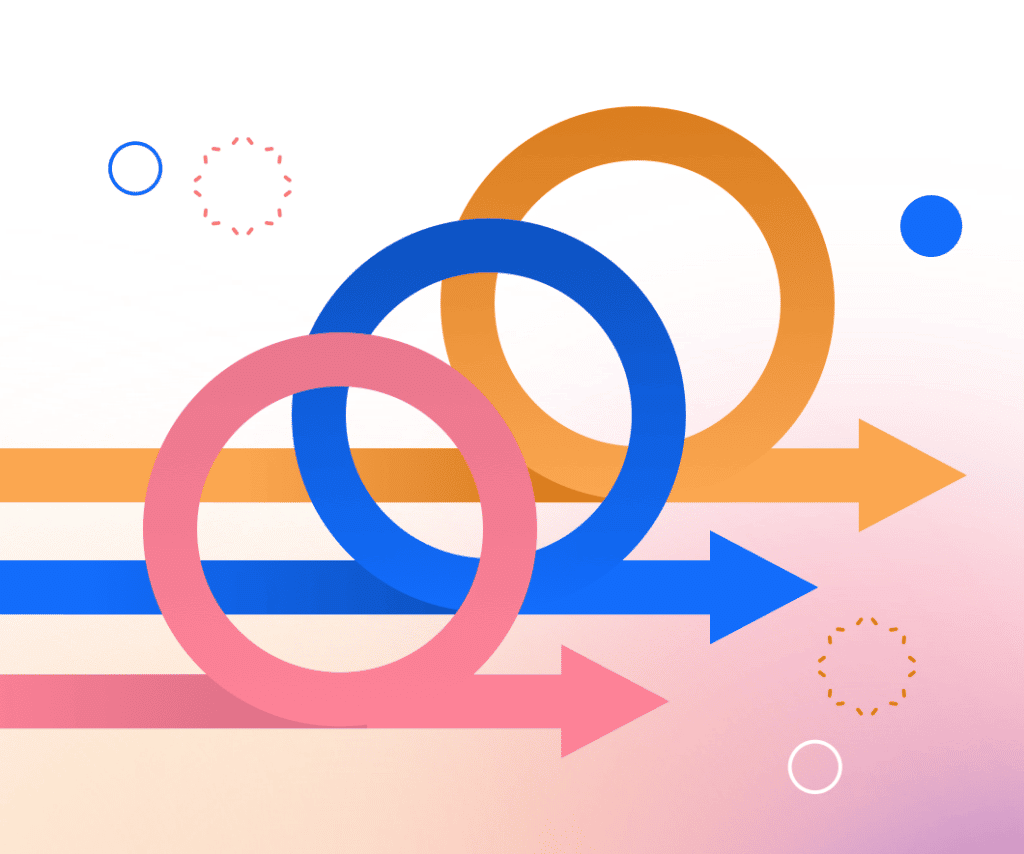Our recent webinar focused on scaling Agile with continuous learning, the latest addition to the Scaled Agile Framework (SAFe).
One of the speakers was Akamai’s Senior Director of Engineering Aryeh Sivan, who shared insights on how they integrated continuous learning technology into Akamai’s team processes, what this looks like on a day-to-day basis, and what kind of measurable results they gained.
Like most agile teams, Aryeh’s team already had a retrospective process in place. Despite this, they were still challenged to make the process actionable. In what may be a case of “too much information,” Aryeh was lacking a way for the team to highlight the critical issues affecting their work. In addition, since retrospective sessions were dominated by the most vocal individuals, he felt the need to develop a greater sense of accountability among team members.
Aryeh decided to address these challenges head-on, by strengthening Akamai’s Agile framework with automated continuous learning. The results were dramatic. In just three months, one team saw a drop of 86% in the average number of monthly incidents, and a drop of 60% in the average number of customer escalations.
Akamai Senior Director of Engineering Aryeh Sivan speaks about the payoffs of continuous learning.
Beyond these results, the introduction of continuous learning transformed the team’s behavior. Team members now had a structured way to communicate insights from their day-to-day activities to their managers. Building on these insights, team leaders would come together to discuss issues that bubbled up from their teams in a “learning zone,” to share knowledge, and brainstorm solutions.
According to Aryeh, these practices help managers think more strategically: “COVID has pushed us in many aspects to be tactical, to look at the day-to-day work and try to get it done. So, these management team meetings were an opportunity to take a strategic perspective.”
For organizations that decide to embark on the process of integrating continuous learning, the most overwhelming question is where to get started. What is the right first step?
Once they got the team to start debriefing using the Shamaym platform, Akamai started by identifying one specific point in the process to pause and review these debriefs. From that point, they were able to glean insights that gave rise to action items and lessons learned.
According to Aryeh, creating insights and action items takes effort, but the real challenge is implementing those insights and action items at the right moment, to do it better the next time around.
That’s where technology comes in. Aryeh admits he was initially skeptical about adding “yet another tool” to their tech stack. As they started using the Shamaym platform, he quickly saw the value. Aryeh describes the automated learning platform as a single pane of glass, which, for the first time, enables him, team leaders, and team members to see what is really going on, in real-time, on multiple levels.
It also increased collaboration and participation among team members at all levels. On average, team members review over 15 debriefs each month. A survey of team members revealed that using the Shamaym platform helps them view mistakes as opportunities for improvement, increasing the transparency and consistency of the team’s learning process.
So, what advice would Aryeh give to organizations about to start this process? Aryeh advocates starting small – finding the individuals in each team that can champion the process, and finding a few critical improvement points to focus on. Last but not least, it’s important to remember that continuous learning, as the name implies, is a journey. There is always room for making it better if we view missteps as opportunities for improvement.
You can view the entire webinar here.
